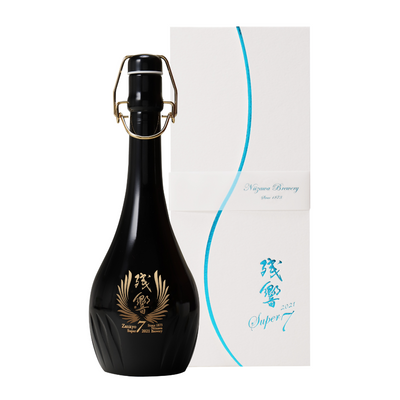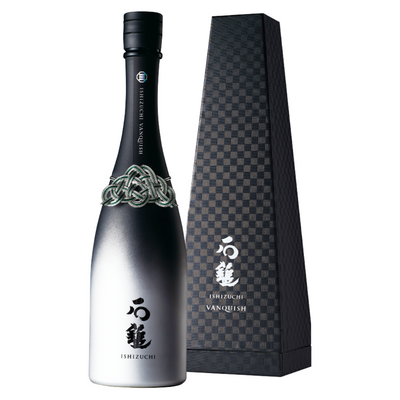What Temperature Should I Serve Sake at?

Benjamin Knopp
Co-founder of Kurashu and convinced sake convert.
We've seen a lot of misinformation out there about temperature sake should be served at.
Many people in Europe's first experience with sake (mine included) is as a warm or hot drink at Japanese restaurants.
Afterwards, perhaps during a trip to Japan, many of these same people might find out that fine, expensive ginjo is drunk chilled and that most restaurants in Japan serve cold sake rather than hot, and that sake in Europe is usually served hot because it's often a horrible drink and because the heat hides the alcohol flavor.
They then make a 180 degree turn and frown on hot sake.
The truth is, however, that there is no universal rule of whether hot or cold is "better". It all depends on the style of the sake and what the drinker prefers.
In general, cold sake tastes fresher and cleaner and such light, delicate sakes such as ginjos, daiginjos and unpasteurized sakes served be served chilled.
When hot, sake tastes dryer, richer and more aromatic, and heavier sakes such an junmais, yamatos, kimotos or aged sakes can be served this way.
Below we walk you through the different temperatures for sake, along with their names, descriptions and sake recommendations.

YUKIBIE
"Cool as the winter snow"
Temperature: ~5 °C
Sake Recommendation: Light bodied, fragrant sake such as honjozo, ginjo or daiginjo, but also sparkling sake, nigori sake and unpasteurized sake. For example, try this unpasteurized Junmai Daiginjo.
HANABIE
"Cool as a spring flower"
Temperature: ~10 °C
Sake Recommendation: Light bodied, fragrant sake such as honjozo, ginjo or daiginjo, but also sparkling sake, nigori sake, unpasteurized sake and perhaps aged sake. For example, try this light Junmai from Chiba.


SUZUHIE
"Cool as the autumn breeze"
Temperature: ~15 °C
Sake Recommendation: Light bodied, fragrant sake such as honjozo, ginjo or daiginjo, but also sparkling sake, nigori sake, unpasteurized sake and perhaps aged sake. Try this excellent competition sake at just below room temperature, to bring out more depth of flavor.
JOUON
"Room Temperature"
Temperature: ~20 °C
Sake Recommendation: Light to medium bodied sakes like ginjo, daiginjo and junmai but also more heavy ones like kimoto or yamahai and aged sake. This excellent sake from Chiba is great at room temperature.


HINATAKAN
"Warmed by the sun's rays"
Temperature: ~30 °C
Sake Recommendation: Heavier sakes like kimoto, yamahai or junmai. Sake will taste more mellow and richer, and drier. This excellent aged sake tastes rich and mellow when slightly warmed.
HITOHADAKAN
"Warm as the human touch"
Temperature: ~35 °C
Sake Recommendation: Heavier sakes like kimoto, yamahai or junmai. Sake will taste more mellow and richer, and drier. This excellent aged sake tastes rich and mellow when slightly warmed.


ATSUKAN
"Hot"
Temperature: ~50 °C
Sake Recommendation: Heavier sakes like kimoto, yamahai or junmai. Sake will taste richer and drier and the perception of alcohol will be increased. Surprisingly, this nigori sake is also excellent when heated.






Leave a comment